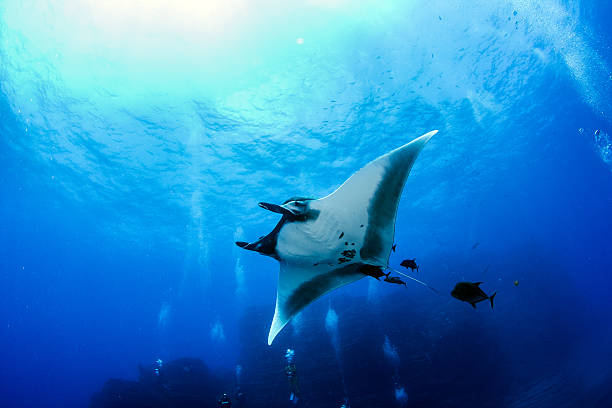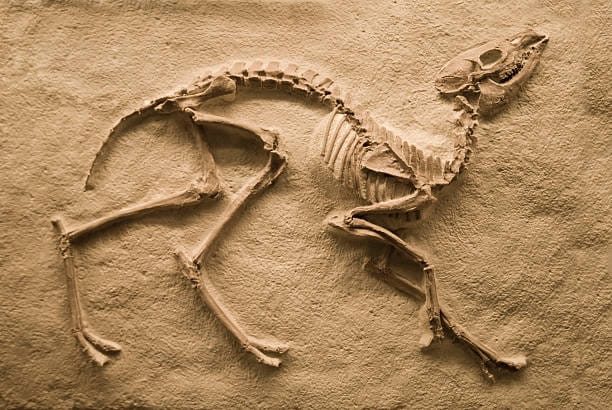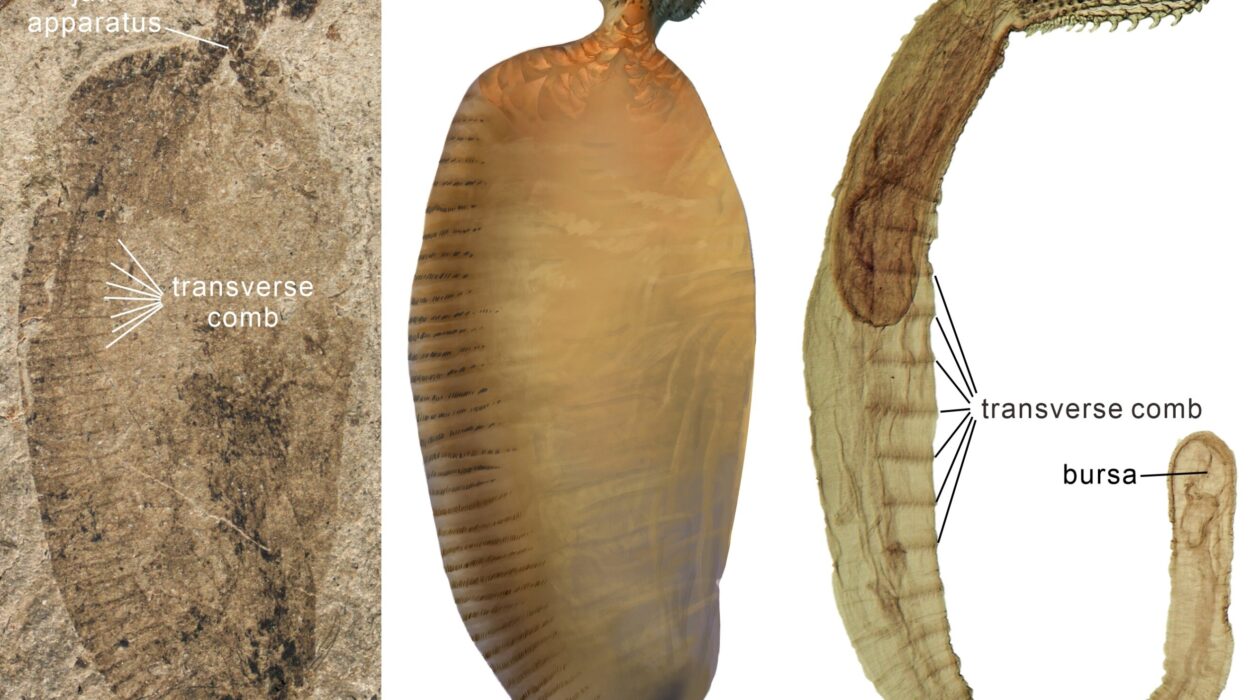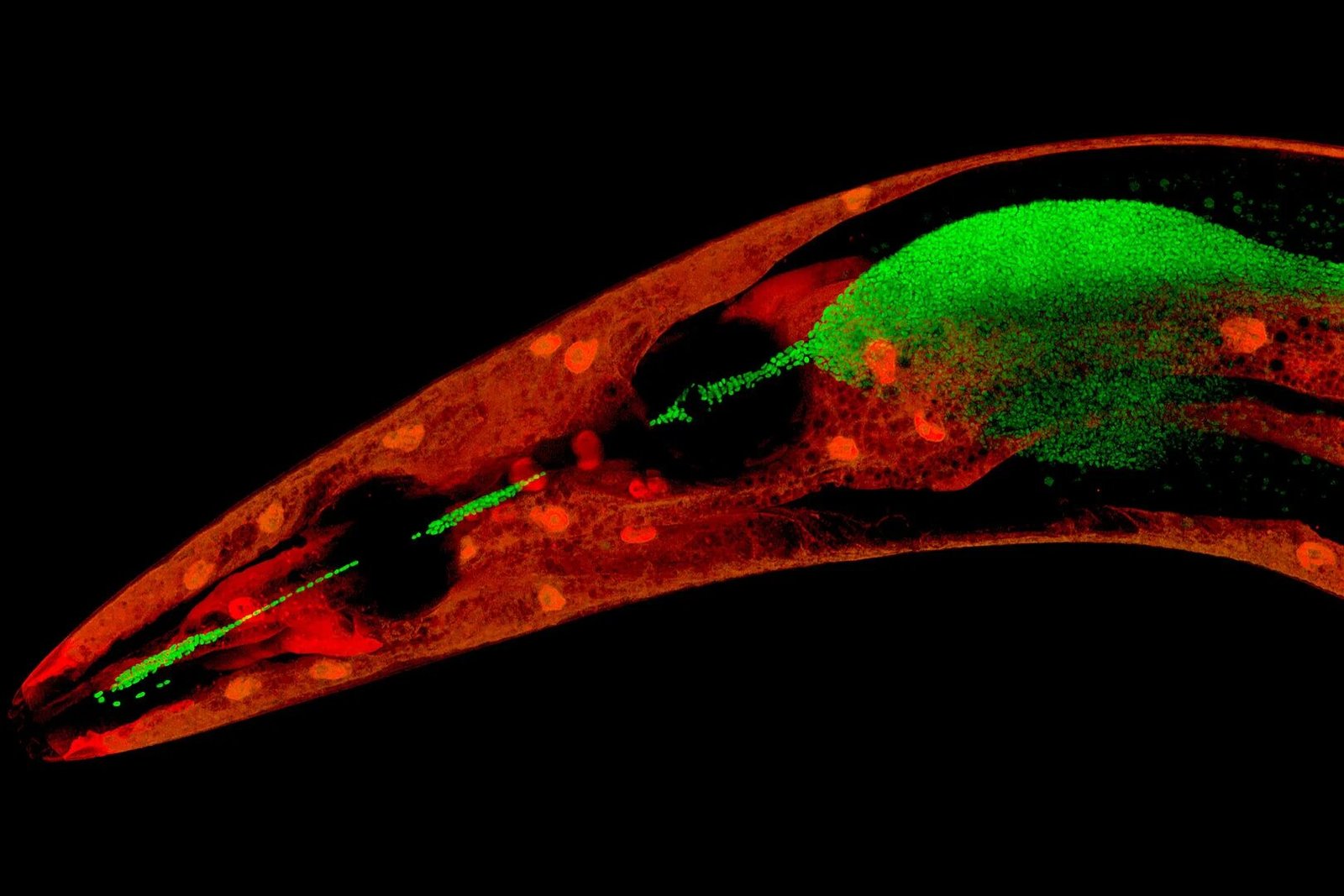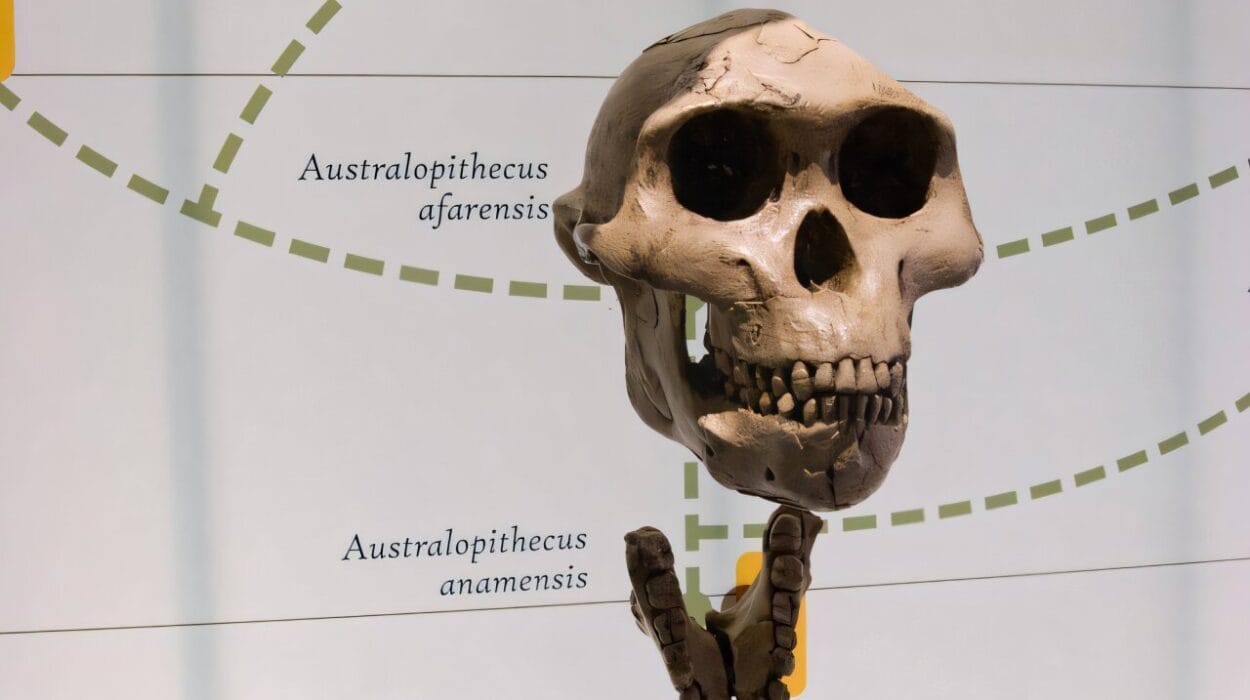Far beneath the glimmering surface of the ocean lies a world of quiet darkness, immense pressure, and mystery. It is a realm where sunlight fades into silence, and few creatures dare to go. Yet, among those rare explorers of the deep, a gentle giant glides with grace and purpose—the oceanic manta ray.
Long known for their majestic movements in the sunlit shallows, manta rays have captivated scientists and divers alike. But new research reveals that these elegant animals have a secret life beneath the surface, one that challenges our understanding of how they navigate and survive in the open ocean.
The Discovery of the Deep Divers
An international team of researchers from Peru, Indonesia, and New Zealand set out to uncover the hidden depths of manta behavior. Over the course of a decade, from 2012 to 2022, they tagged 24 oceanic manta rays across three sites—Raja Ampat in eastern Indonesia, northern Peru near Tumbes, and northern New Zealand near Whangaroa.
Their findings, published in Frontiers in Marine Science, stunned the scientific community. The data revealed that oceanic mantas can dive to depths greater than 1,200 meters, far deeper than ever recorded before.
Dr. Calvin Beale, the study’s first author, who completed his Ph.D. at Murdoch University, explained the astonishing significance of this discovery: “We show that, far offshore, oceanic manta rays are capable of diving to depths greater than 1,200 meters. These dives, which are linked with increased horizontal travel afterwards, may play an important role in helping mantas gather information about their environment and navigate across the open ocean.”
The revelation paints a picture of manta rays not as passive gliders of the surface, but as intelligent travelers of the deep, using their dives as tools for exploration and orientation.
The Challenge Beneath the Waves
Tagging manta rays is no simple task. These animals are large, fast, and unpredictable. The researchers attached electronic tags designed to record high-frequency data every 15 seconds. Eight of the tags, programmed to detach after several months, eventually surfaced and were retrieved—a process that Dr. Beale described as “trying to spot a small gray floating object with a short antenna bobbing around in the waves with other flotsam and jetsam.”
The recovered tags, along with data transmitted via satellite from others that weren’t retrieved, provided an unprecedented view of manta movements. Over 2,700 tag-days of data revealed 79 days when mantas performed extreme dives, reaching a maximum depth of 1,250 meters—deeper than the Eiffel Tower is tall.
Interestingly, most of these deep dives—71 out of 79—occurred off the coast of New Zealand, suggesting regional differences in manta behavior tied to geography and ocean structure.
Patterns in the Deep
The data showed that New Zealand’s manta rays tended to initiate their deep dives soon after moving away from the continental shelf into open ocean waters. Each dive followed a distinctive “stepped” descent, with little time spent at the bottom before ascending again.
This pattern was critical to understanding why these dives occur. If mantas were diving to hunt or escape predators, researchers would expect longer durations at depth or erratic movement patterns. But the brief, structured nature of the dives suggested something else—these were exploratory journeys, not escapes or hunts.
The research team proposed that the mantas might be using the dives to gather environmental information—sampling cues such as magnetic field gradients, oxygen levels, temperature shifts, or even faint light signals that penetrate the deep ocean. By doing so, they may build a “mental map” of their surroundings, allowing them to navigate the vast, seemingly featureless expanses of open water.
“The deep ocean environment is far more stable and predictable than the surface,” Beale explained. “By diving down and ‘sampling’ these signals, mantas could be creating a navigation system that helps them orient themselves across thousands of kilometers.”
The Return to the Surface
After their dives, mantas resurfaced gradually in a stepped pattern, often resting and gliding near the surface for long periods—perhaps to recover from the intense pressure and cold of the deep. These recovery periods were followed by bursts of movement, sometimes covering distances of over 200 kilometers in just a few days.
This behavior suggests that the dives are part of a broader navigational strategy—moments of deep orientation followed by purposeful travel. Like explorers consulting a map before setting off on a journey, manta rays may dive deep to recalibrate before embarking on long migrations.
Regional Differences in Behavior
In contrast, mantas in Peru and Indonesia showed fewer deep dives. Researchers believe this may be due to differences in local geography and habitat. In Raja Ampat, for instance, the seas are shallow, and deep-water corridors are relatively short, limiting opportunities for extreme dives.
In New Zealand, however, the ocean floor drops sharply away from the coast into deep offshore waters. Here, mantas have both the need and the opportunity to dive deep, using these environments to navigate their transoceanic routes.
“Understanding the nature and function of deep dives helps explain how animals cross vast, seemingly featureless oceans and connect ecosystems thousands of kilometers apart,” said Beale.
Why It Matters
The implications of these findings go far beyond manta rays. They touch on broader questions about how migratory marine species—turtles, whales, sharks, and more—find their way across immense distances. The ability to use deep ocean cues like temperature, pressure, and magnetism could be a key shared trait among these species.
Moreover, the study highlights just how much remains unknown about the ocean’s deeper layers. The deep sea regulates Earth’s climate, supports fisheries, and drives nutrient cycles that sustain all marine life. Yet it remains one of the least explored frontiers on our planet.
By studying creatures like the manta ray, scientists gain not only insight into a single species but also into the mechanisms that keep our planet’s largest ecosystem in balance.
A Call for Conservation
Manta rays are migratory giants that depend on both coastal and offshore habitats. Their survival is threatened by overfishing, bycatch, and the degradation of coral reefs and plankton-rich feeding grounds. Because they travel across national borders, protecting them requires global cooperation.
“Our study highlights how dependent migratory species are on both coastal and offshore habitats, stressing the need for international cooperation in their conservation,” Beale emphasized.
Protecting mantas also means protecting the deep ocean itself—a region still poorly understood but vitally important to the health of the planet.
The Mystery That Endures
Despite the breakthroughs, many questions remain. Why do some mantas dive deeper than others? How do they detect and interpret environmental cues in near-total darkness? Do these behaviors change with age, sex, or season?
Future research aims to answer these mysteries using larger datasets and continuous tracking methods. Each new discovery brings scientists closer to understanding how the ocean’s most graceful travelers find their way through the blue wilderness.
The Silent Symphony of the Deep
To imagine a manta ray gliding through black, silent waters more than a kilometer below the surface is to glimpse one of nature’s quiet marvels. There, in the crushing pressure and eternal night, a creature spreads its enormous wings and listens to the hidden signals of the Earth itself.
These dives remind us that the ocean, though vast and still largely unknown, is alive with intelligence and purpose. Manta rays, in their mysterious journeys, connect not only ecosystems but also our imagination to the heartbeat of the planet.
Their deep dives are not just acts of survival—they are expressions of exploration, resilience, and harmony with a world we are only beginning to understand. The ocean still holds its secrets close, but with every dive, the manta rays invite us to follow them into the depths—and to see the living planet anew.
More information: Deep diving behaviour in oceanic manta rays and its potential function, Frontiers in Marine Science (2025). DOI: 10.3389/fmars.2025.1630451
